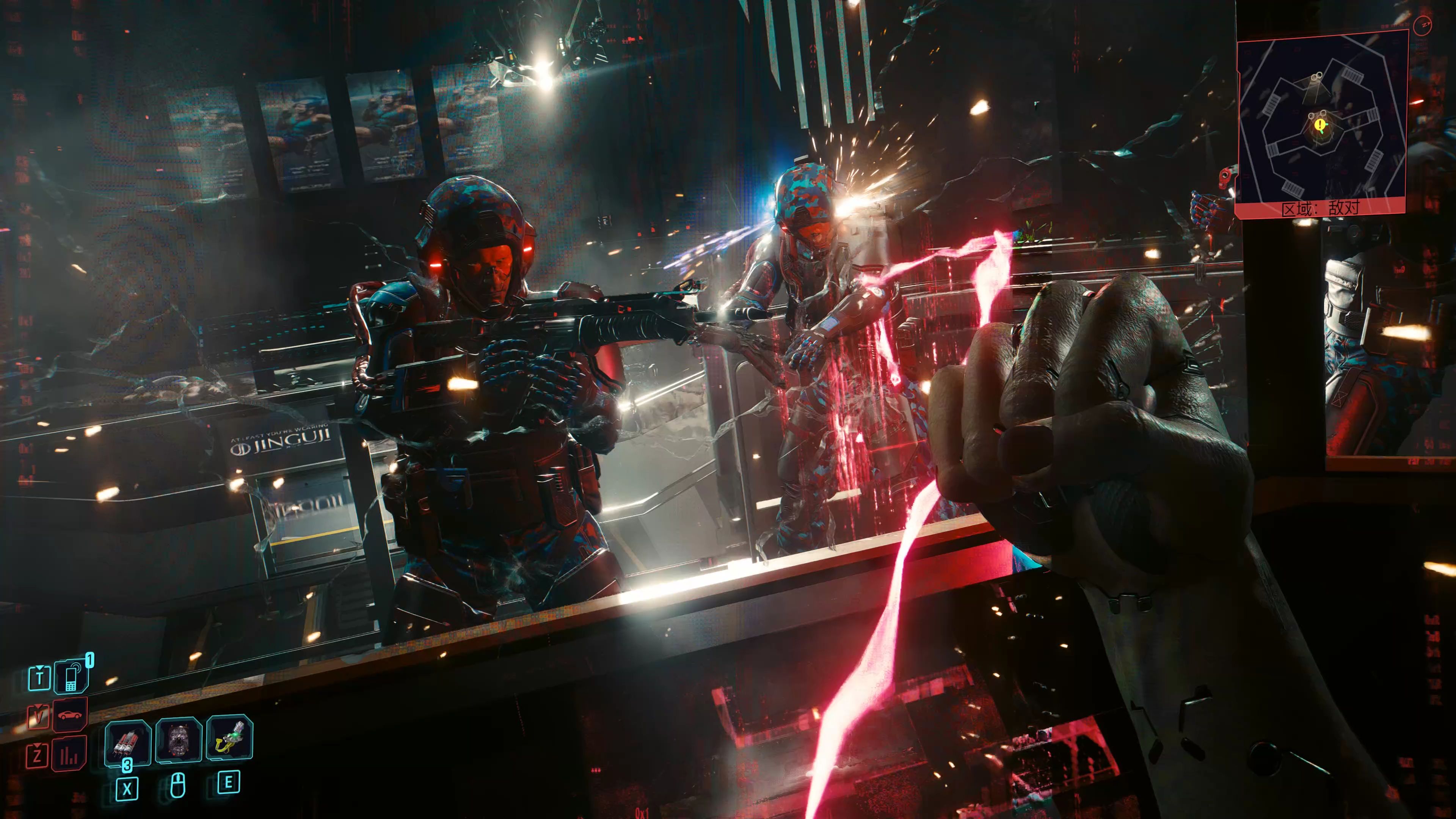Mortal Kombat 1 Score: Reboot Combat System
The Mortal Kombat franchise has long been a cornerstone of the fighting game genre, known for its visceral combat, intricate lore, and iconic fatalities. With Mortal Kombat 1 (2023), NetherRealm Studios took a bold step by not just continuing the series but rebooting it entirely—both narratively and mechanically. The game’s combat system, in particular, represents a significant evolution, blending classic brutality with fresh mechanics that redefine how players engage in kombat. This article delves into the nuances of Mortal Kombat 1’s revamped combat system, examining its innovations, strengths, and the impact it has on the franchise’s future.
A Fresh Start: The Narrative Context
Before dissecting the combat, it’s crucial to understand the narrative reboot that frames Mortal Kombat 1. Following the events of Mortal Kombat 11, Fire God Liu Kang reshapes reality, creating a new timeline where familiar characters are reimagined. This fresh start extends to gameplay, allowing NetherRealm to experiment without being shackled by past mechanics. The result is a combat system that feels both nostalgic and revolutionary.
Core Combat Mechanics: Speed and Fluidity
One of the most immediate changes in Mortal Kombat 1 is the pacing. The game strikes a balance between the methodical, footsie-heavy combat of earlier titles and the faster, more aggressive style seen in recent entries. Movement feels more responsive, with dashes and jumps being smoother, encouraging players to stay mobile.
The combo system has also been refined. Strings flow more naturally, and the addition of new cancel options—such as the "Kameo Cancel"—opens up creative avenues for extending pressure. Unlike Mortal Kombat 11, which emphasized defensive play with mechanics like Breakaway and Flawless Block, MK1 rewards offensive creativity, making matches more dynamic.
The Kameo System: A Game-Changer
The most groundbreaking addition to Mortal Kombat 1 is the Kameo system. Instead of a traditional tag-team mechanic, players select a secondary fighter who assists during battles. These Kameos aren’t full characters but provide unique moves that can extend combos, counter zoning, or even turn the tide of a match.
For example, Sonya Blade’s Kameo version can execute her classic Leg Grab, while Jax offers his devastating Ground Pound. The strategic depth here is immense—players must consider synergy between their main fighter and Kameo, adapting their playstyle on the fly. This system adds a layer of team-building previously unseen in the series, reminiscent of games like Marvel vs. Capcom but with a distinctly Mortal Kombat flair.
Revamped Special Moves and Fatal Blows
Special moves have been retooled to feel more impactful. Many characters retain their signature techniques (Scorpion’s Spear, Sub-Zero’s Ice Ball), but with tweaked properties to fit the new combat flow. Some moves now have alternate versions, allowing for greater customization.

Fatal Blows, the cinematic comeback mechanic introduced in MK11, return but with adjustments. They’re still tied to low health, but their activation feels less oppressive, rewarding smart play rather than serving as a crutch. The animations remain gloriously over-the-top, maintaining the series’ trademark brutality.
The Return of Air Kombat
Air combat has been expanded, giving characters more options during aerial exchanges. Some fighters, like Kitana and Kung Lao, have enhanced mobility in the air, while others can chain air combos more effectively. This verticality adds another dimension to fights, making spacing and anti-air strategies more critical than ever.
Balancing Act: Strengths and Criticisms
No combat system is perfect, and Mortal Kombat 1 has its share of critiques. Some players argue that certain Kameos are overtuned, leading to repetitive meta strategies. Others miss the variation system from MK11, which allowed for deeper character customization. However, NetherRealm has been proactive with patches, tweaking balance to keep the experience fresh.
On the positive side, the game’s accessibility is commendable. Newcomers can enjoy the fluid combat without feeling overwhelmed, while veterans will appreciate the high skill ceiling, especially when mastering Kameo synergies.
The Future of Kombat
Mortal Kombat 1’s combat system is a testament to NetherRealm’s willingness to innovate. By blending classic elements with bold new mechanics like the Kameo system, the studio has crafted a fighting game that feels both familiar and groundbreaking. Whether this system will define future entries remains to be seen, but for now, MK1 stands as one of the most engaging and brutal fighting games in recent memory.
In the end, Mortal Kombat 1 doesn’t just reboot the timeline—it reinvents how we fight. And in a genre as competitive as this, that’s a fatality worth celebrating.














